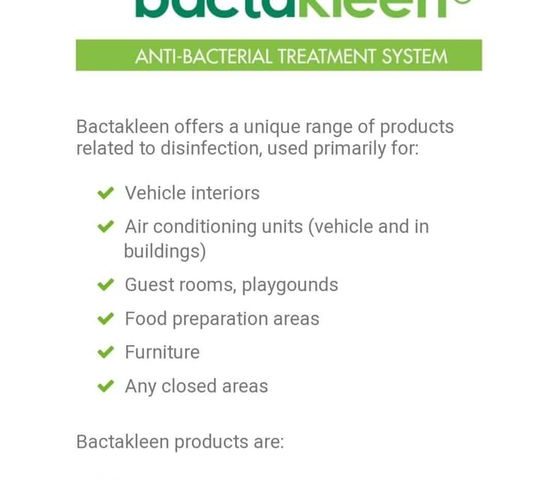- World's No.1 selling Anti Bacterial Treatment System!
- +971 56 3304466
- +971 55 9676070
- info@bactakleen.ae
Methods for Applying Disinfectants Properly

Why Disinfectant Chambers Installation Must Stop
October 22, 2020
Tips for Effective cleaning and application of disinfectants
October 22, 2020Disinfectants have always been the most important products used in keeping people safe and facilities healthy. If applied as directed, then disinfectants can inhibit the spread of various infectious illnesses and diseases. However, when misused or sprayed in the drainage, the disinfectants will be rendered ineffective. The question therefore is, how can a homeowner prevent sanitizing disasters and issues? Below are some techniques on accurate sanitizing, especially in application methods.
Use Fiber.
Microfiber mops or cloths are the relatively new method used when applying disinfectants on surfaces. If used properly, there is an increased cleaning efficacy with ultra-micro fiber, unlike standard cotton mops. But, it seems that not all wipes cannot be useful in the same manner. Besides, some bacteria can spread to other nearby surfaces without proper use to determine the product’s durability after washing. Cleaning cloths designed from synthetic fiber are more effective, unlike the ones from natural fibers.
Clear Solutions.
The disinfectant solutions added in mop buckets can be contaminated while cleaning surfaces and dipping the mop back and forth. Without considering changing the solution frequently, the viruses may re-spread the dirt and viruses over the floors. Conventionally, protective practices recommend water change every often. However, in the process, it is valuable to use disinfectant in the solution. That caution ensures the sanitizer’s integrity is maintained while also avoiding cross-contamination risks.
Using self-disinfecting surfaces
Spray-makers can be wrong at some levels since the surfaces cannot be left wet sufficiently. That means the prescribed time set for the sanitizer to kill organisms may be shortened. And the practice of spraying disinfectants or any other sanitizing chemical can cause respiratory problems. Therefore, creating surfaces that are self-disinfecting through coating can be helpful. The layer added, of course, has characteristic antimicrobial properties that retain its activity over time. This new disinfecting strategy is quickly receiving attention by inhibiting the survival or growth of viruses on any surface.
The only exception for the use of spray-maker is the moment a sprayer generates the clinging foam disinfectant. While applying disinfectants, the users should consider the bottles having flip-top spouts. That means consistent disinfectant flow will be delivered to the surface to be cleaned. The bottles also are clear from the atomizing problem that disinfectants cause. Plus, this method reduces the risks of chronic respiratory for the people applying the solutions.
Open bucket technique
Among the best disinfectant application practices, open buckets with the prerequisite used clothes should not be retaken inside the bucket. With this technique, it is better to fil a clean bucket with a correctly diluted disinfectant, then only a clean microfiber added in the solution. The excess en wrung from the piece of cloth to provide a thorough cleaning of all surfaces.
In summary, from selecting the best products to be applied to knowing how and when to use it, disinfection has become massive. Facilities that do not make well-informed decisions, disregard specific product guidelines, or even misapply sanitizers are putting the safety of employees risking and getting ready to avoid potential disasters from disinfectants. When evaluating the homes sanitizing requirements on how to use the products, being educated will help prevent future crises and ensure success during sanitary processes.




